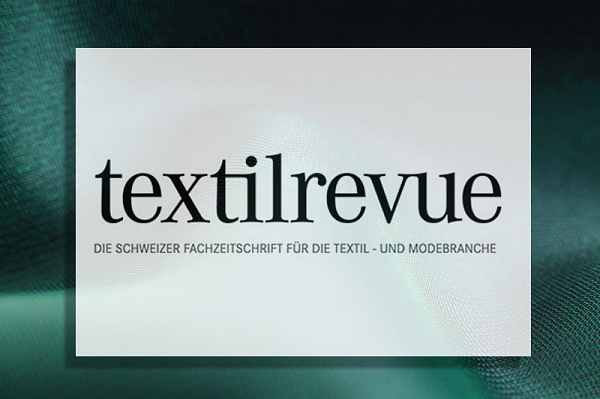textilrevue.ch praises the path of the Inogema product range
textilrevue.ch / 03.12.2020
How green is the “Green Machine”?
The filialist Monki, which belongs to the H&M Group, wants to become completely circular and only use recycled or sustainable materials by 2030. Together with a main supplier, as part of this strategy, the first “Green Machine” will start working in Indonesia in early 2021, in order to separate 1.5 tons of mixed fibers a day for the first time. "Monki is the first brand in the world to manufacture garments with the Green Machine, which means that the production process is also a premiere," says the Swedes. So far, textiles and clothing made from cotton and polyester blends could not be completely separated from each other during the recycling process and therefore not recycled. By means of a hydrothermal process, the “Green Machine” should now make this possible and thus take a big step towards the circular economy.
Too good to be true
The project sounds as if it is what the fast fashion industry has been waiting for, because low-cost providers in particular are relying on the cost-effective polyester mixtures on a large scale, which, however, have often not even been able to be reused as cleaning rags in their recycled state - if they can be recycled at all. The “Green Machine”, which was created in collaboration between the H&M Foundation and the Hong Kong Research Institute of Textiles and Apparel, HKRITA, is now supposed to use heat, pressure, water and “green” chemicals to separate fibers, remove color and use cotton as a Extract cellulose powder without any loss of quality. In a further step, the cellulose powder can be applied to “functional products or regenerated fibers”, while the water, heat and chemicals can be used several times.
The judgment of the professional
So far so good, but what does circular economy expert Ablin Kälin say?
“A green machine could also be called a green washing machine,” said the Swiss cradle-to-cradle pioneer when asked by textilrevue in harsh words about the new machine. “The concept is clear,” continues Albin, “but there are three points that have not been resolved. First: The cotton or cellulose fiber is destroyed into a cellulose powder. Second, you don't know what's going to happen to the toxic dyes and finishing chemicals. Are these then dormant in small substances in the cellulose powder? And thirdly: what do you do with this cellulose powder? ». In addition to Albin Kälin's assessment, the question arises as to the sense of the location and the logistics, because the vast quantities of textiles and clothing must first be brought to Indonesia.
Despite everything a lighthouse project
Even if a lot speaks against the “Green Machine”, it must be said, in fairness, that the textile industry needs such sensational projects. Not least, in order to induce a rethink among the end consumers by means of large marketing budgets. And thereby paving the way for smaller and more credible companies that do not have these budgets. Albin Kälin is convinced that “Inogema GmbH's way of working with biodegradable cotton-polyester makes much more sense”. The German company already offers a wide range of Cradle-to-Cradle-certified fabrics, threads, ribbons, buttons and cords and is considered a pioneer in the field of textile recycling management.
Christina Noli
INOGEMA GmbH
Industriestrasse 1
D - 79805 Eggingen
Germany
INOGEMA | Industriestrasse 1 | D - 79805 Eggingen | info@inogema.com | www.inogema.com
